
2-6 #RunRunRun : Huawei is rumored to be developing a tri-foldable smartphone; Nokia and vivo have signed a multi-year 5G patent license agreement; Qualcomm is expecting a modest recovery for the industry in 2024; etc.

Qualcomm is expecting a modest recovery for the industry in 2024, with phone shipments getting stronger but the market for internet-connected appliances remaining sluggish. Phone shipments, which declined in 2023, will be “flat to up slightly” in 2024, the company said Wednesday on a conference call following its fiscal first-quarter earnings report. Though phone manufacturers have mostly worked through excess inventory, oversupply remains a problem in Qualcomm’s second-largest business — providing chips for connected devices. The company’s CEO Cristiano Amon said that concerns about inventory were overblown. The handset market is no longer struggling with a glut, and the market for internet-connected devices — a segment known as the Internet of Things — is passing its lowest point and will soon return to growth. (CN Beta, Bloomberg)
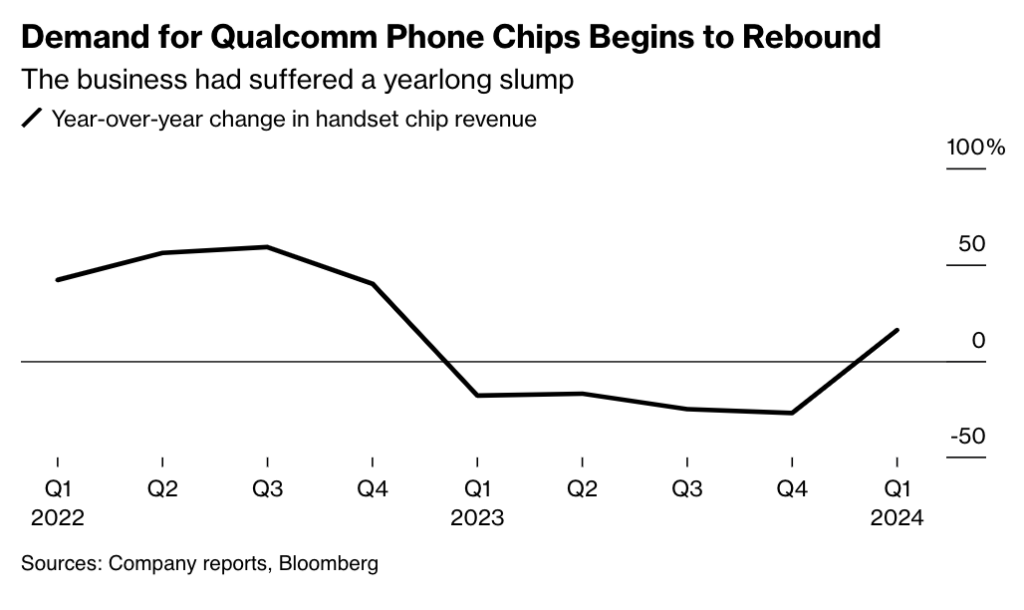
Qualcomm CEO Cristiano Amon has reveled that the firm was aiming to launch its Snapdragon X Elite CPU alongside the “next version” of Windows. The collaboration with Microsoft on a new version of Windows features advanced AI capabilities. This new generation of Windows is tentatively named Windows 11.5. It is poised to revolutionize the way we interact with our computers and unlock a new era of productivity.(GizChina, IT Home, Tom’s Hardware, Neowin)
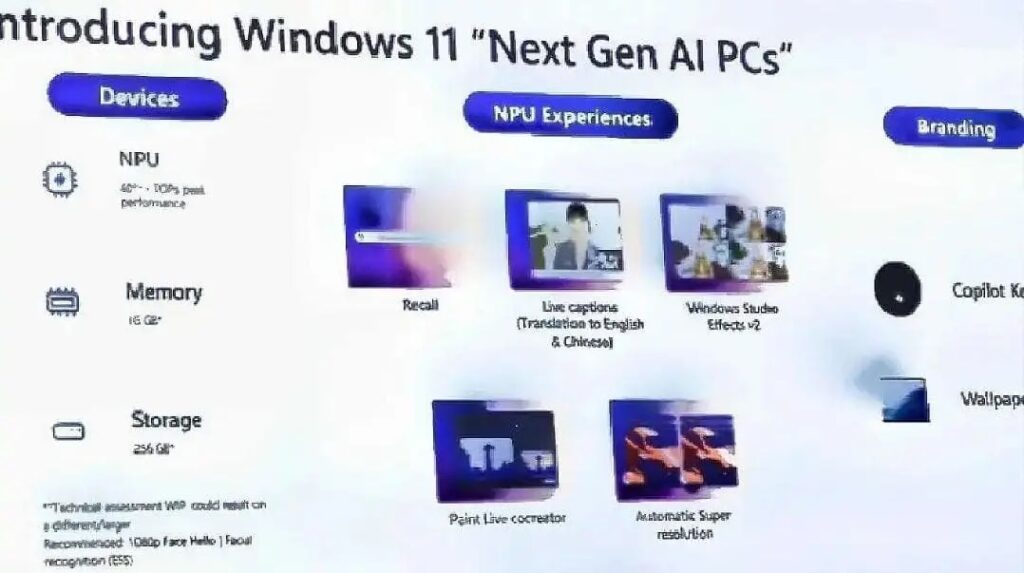
The global chip industry is poised for a significant rebound in 2024 with sales expected to jump to a record level, fueled by a greater need for the electrical components from a broad range of businesses, according to a forecast from the Semiconductor Industry Association (SIA). Worldwide sales declined 8.2% to USD526.8B in 2023, although the fall was mitigated by improving conditions in 2H24. The increasing momentum indicates sales will gain 13% this year to almost USD600B, the SIA said. According to John Neuffer, SIA president and chief executive officer, the weak 1H23 was a “hangover” from the pandemic, when electronics makers struggled to get enough supply and faced unprecedented demand. That provoked many customers to order too much and find themselves caught in a glut when the economy returned to normal and purchases of devices such as personal computers slowed. (Bloomberg, CN Beta, Yahoo)
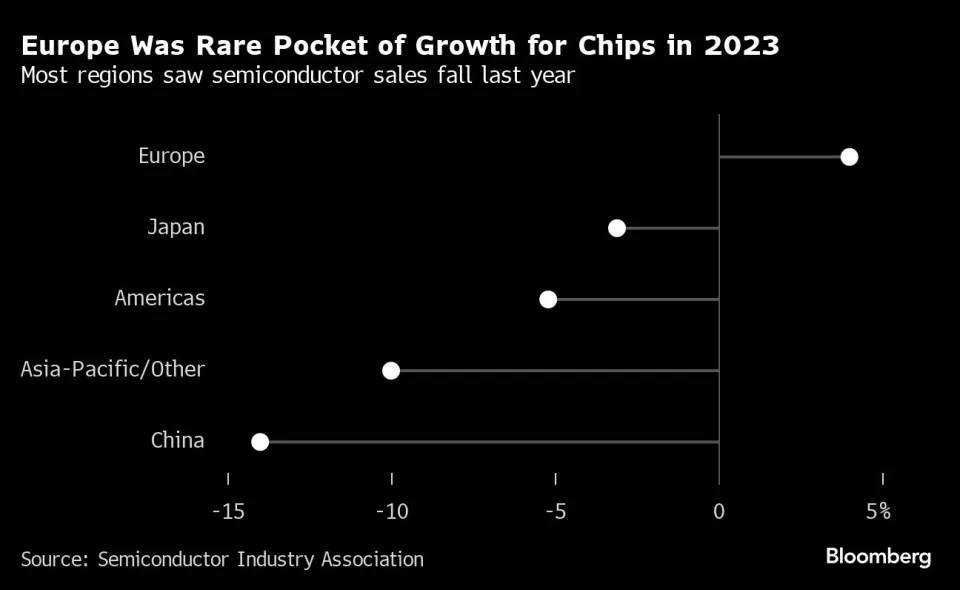
Intel‘s fab near Magdeburg, Germany, will not only be the most advanced semiconductor production facility in Europe, but, according to CEO Pat Gelsinger, the most advanced fab in the world when it comes online. The fab will process wafers using post-18A process technologies and will be used to make products both for Intel as well as its Intel Foundry Services customers. Pat Gelsinger did not specify which of Intel’s post-18A process technologies will be adopted in its Magdeburg facility, but only vaguely said they will be on the order of 1.5nm.(CN Beta, Tom’s Hardware, My Drivers, CNBC)

Samsung Electronics and TSMC, the top two semiconductor foundry companies globally, are actively securing clients as they gear up for mass production of the second-generation 3nm GAA (Gate-All-Around) process in 1H24. Success in this competitive landscape hinges on meeting the demands of major clients such as NVIDIA, Qualcomm, AMD, and others, while swiftly enhancing yields. Samsung Electronics has initiated production of prototypes using the second-generation 3nm process. Currently testing the chip’s performance and reliability, Samsung aims to achieve a yield of over 60% for the 3nm second-generation process within the next 6 months, as set by the company’s internal goals. The first chip utilizing Samsung’s second-generation 3nm process is expected to be an Application Processor (AP) designed for wearables. (CN Beta, Extreme Tech, Digitimes, Chosun Daily)
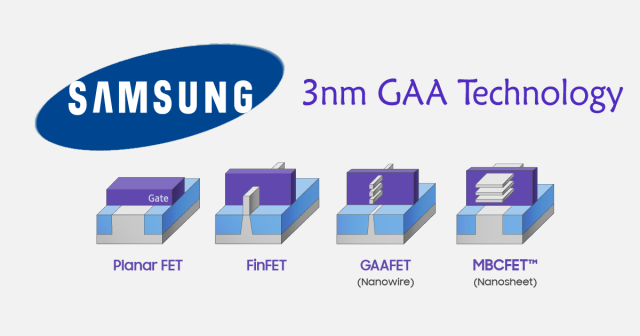
Cirrus Logic has announced a collaboration with Intel and Microsoft on a new PC reference design which will feature Cirrus Logic’s high-performance audio and power technologies and Intel’s forthcoming client processor, codenamed Lunar Lake. The reference design features the Cirrus Logic CP9314 high-efficiency power converter, low-power CS42L43 SmartHIFI codec, and CS35L56 smart amplifiers. The Cirrus Logic CP9314 high-efficiency power converter, based on switched capacitor technology, helps generate less heat, extend battery life, and enable smaller, thinner industrial designs with reduced fan noise. Additionally, the amplifiers deliver powerful and clear speaker audio, while the codec enables transparent headset audio, reducing power consumption by 50% compared to legacy HD-A Codecs.(CN Beta, Cirrus Logic, Business Wire, TechPowerup)
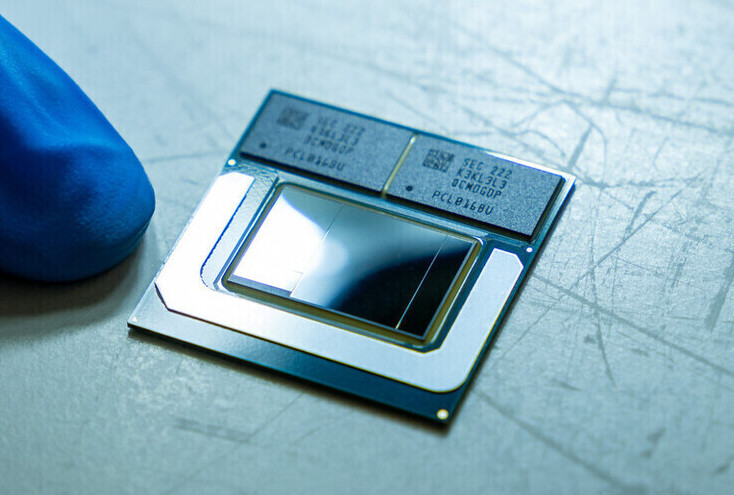

Huawei is rumored to be developing a tri-foldable smartphone, with a possible launch in 2Q24. Huawei has begun large-scale material procurement from JARLLYTEC and Fositek for the hinge’s major components. It is said that the biggest differences between the tri-foldable smartphone and existing foldable smartphone include the increase in the number of panels from two to three, and the increase in the number of bearings from one set to two sets, which is equivalent to a multiple increase. (CN Beta, Gizmo China, Huawei Update, UDN, UDN)
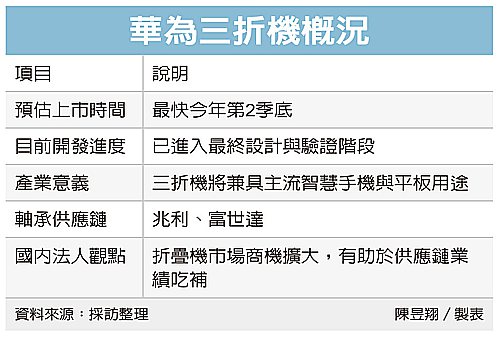
Lumus, a maker of reflective waveguide tech augmented reality (AR) eyewear, and SCHOTT have announce that both companies are expanding their 5-year-long manufacturing partnership. The collaboration aims to address the surging global demand for optical AR glasses. The key development in this extended collaboration involves Schott’s expansion of its manufacturing capabilities in Penang, Malaysia. The5-year partnership began with Schott establishing a sampling line in Malaysia, where it developed processing and metrology capabilities to provide customers with prototypes. The second phase focused on industrial manufacturing requirements, with the processing platform centering around Lumus’s new Z-lens reflective waveguide architecture. (VentureBeat, Schott, Yahoo)
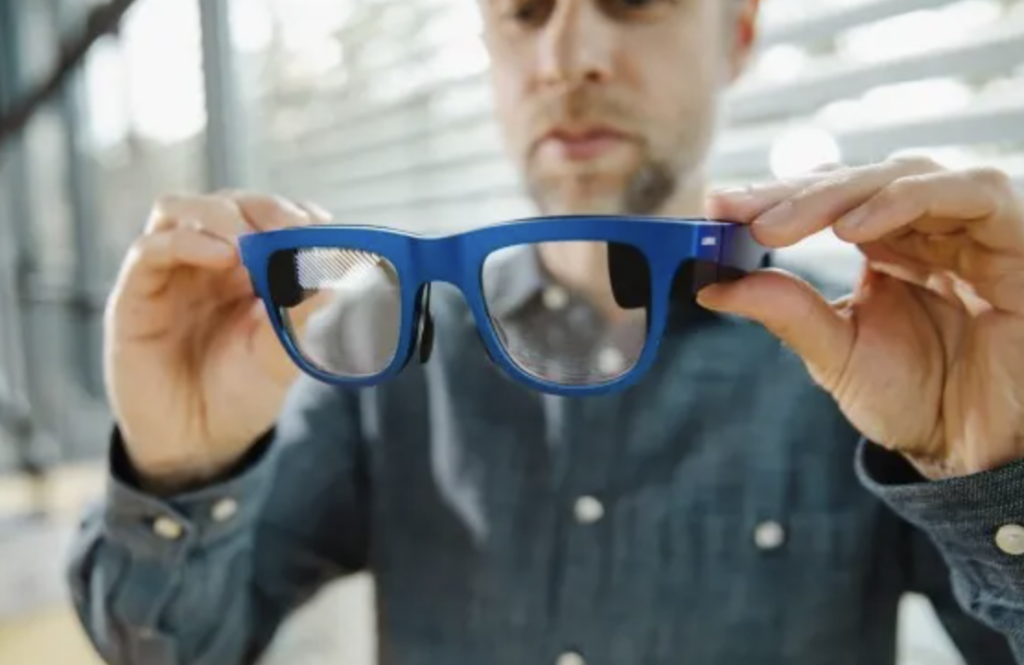

Chun-hwan Kim, Vice President of global memory giant SK hynix, has revealed that the company’s HBM3e has entered mass production, with plans to commence large-scale production of HBM4 in 2026. Chun-hwan Kim stated that SK hynix’s HBM3e memory is currently in mass production, with plans to initiate mass production of HBM4 in 2026. Kim also projected that the HBM market would grow by 40% by 2025, with SK hynix already strategically positioning itself in the market and planning to commence production of HBM4 in 2026. Meanwhile, previous reports have also indicated that SK hynix expected to establish an advanced packaging facility in the state of Indiana, USA, to meet the demands of American companies, including NVIDIA.(CN Beta, TrendForce, Business Korea)
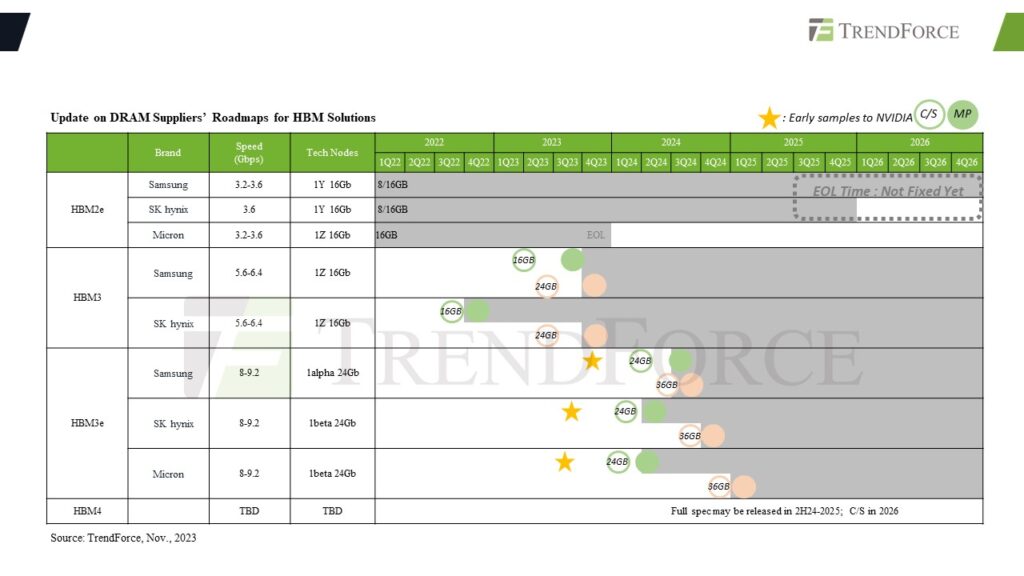
Kioxia has announced sampling of the industry’s first Universal Flash Storage(3) (UFS) Ver. 4.0 embedded flash memory devices designed for automotive applications. The first to introduce UFS technology, Kioxia continues to move the technology forward. Its new UFS Ver. 4.0 devices integrate the company’s innovative BiCS FLASH 3D flash memory and a controller in a JEDEC-standard package. UFS 4.0 incorporates MIPI M-PHY 5.0 and UniPro 2.0 and supports theoretical interface speeds of up to 23.2 gigabits per second (Gbp/s) per lane or 46.4 Gbp/s per device. UFS 4.0 is backward compatible with UFS 3.1. The new Kioxia devices support High Speed Link Startup Sequence (HS-LSS) features, enabling Link Startup (M-PHY and UniPro initialization sequence) between device and host to be performed at a faster HS-G1 Rate A (1248 megabits per second) than that of conventional UFS. (CN Beta, Kioxia)
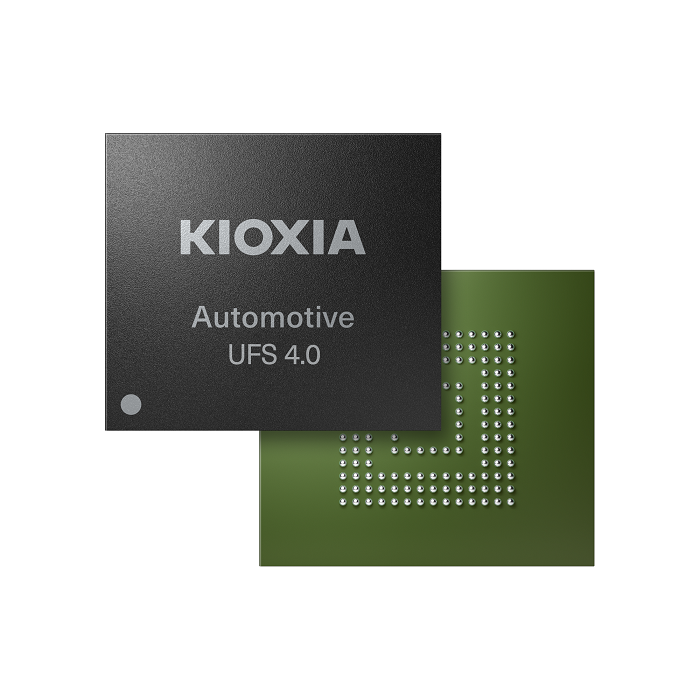
Samsung is preparing to announce its next-generation QLC NAND V9 flash solution, bolstering a seriously impressive density size of 28.5Gb/mm2. The chip has a magnetic area density of 28.5 Gb/mm² and a speed of 3.2 GB/s. The fastest 3D NAND flash memory type currently powering flagship NVMe SSDs has an I/O data transfer rate of approximately 2.4 GB/s.(CN Beta, ExtremeTech, Tom’s Hardware, TechRadar, Computer Base)
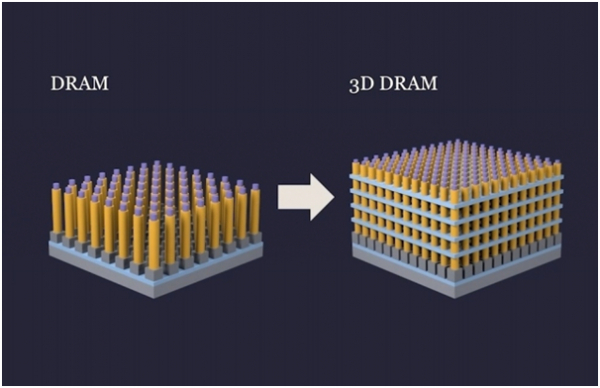
Samsung Electronics has set up a new memory research and development (R&D) organization to advance 3D DRAM technologies and secure competitiveness through technology differentiation. Samsung has established an “R&D-Dram Path Finding” team at Device Solution America’s headquarters in Silicon Valley. Meanwhile, SK Hynix and Micron are also aggressively expanding 3D DRAM technologies. China’s CXMT and China Academy of Sciences have also published research papers regarding 3D DRAM. Currently, no entities have the capability of mass producing 3D DRAMs, and industry experts expect such effort is more likely to start after 2025.(CN Beta, TrendForce, Business Korea, Digitimes)
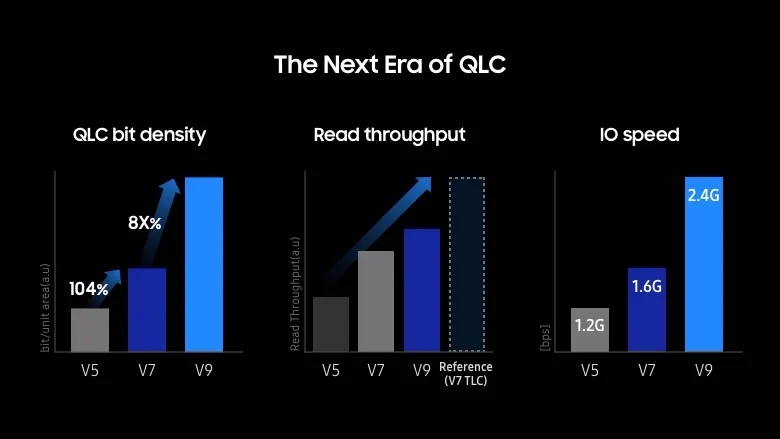

General Motors (GM) and Honda have announced that their joint venture company, Fuel Cell System Manufacturing (FCSM), has begun production of hydrogen fuel cells that will eventually make their way into “various product applications”. The fuel cell systems are produced through a 50-50 joint venture between the automakers at an USD85M facility in suburban Detroit. Hydrogen fuel cells use compressed hydrogen as their fuel, releasing water vapor as its only emission. FCSM was established in 2017 as a joint venture between GM and Honda. The two automakers have also collaborated on battery electric vehicles, including the Honda Prologue, Acura ZDX, and Cruise Origin.(The Verge, CNBC)
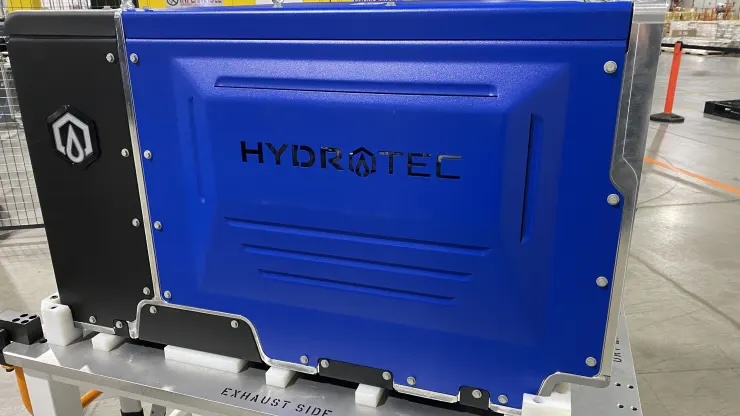

Samsung uses titanium only for the edges of the chassis of Galaxy S24 Ultra. Internally, the company uses aluminium for the frame, fusing the two using plastic. Using titanium for the entire internal frame makes little sense, as the metal is a lot more expensive and difficult to cast and mill into a particular shape. This is unlike Apple, which developed a custom process to fuse the iPhone 15 Pro’s titanium edges directly with the aluminium frame. Furthermore, an XRF scan reveals that Samsung uses grade 2 titanium on the Galaxy S24 Ultra, while Apple uses grade 5 titanium on its 2023 iPhones. This means Apple is paying more for sourcing titanium than Samsung. (Android Police, Android Headlines)
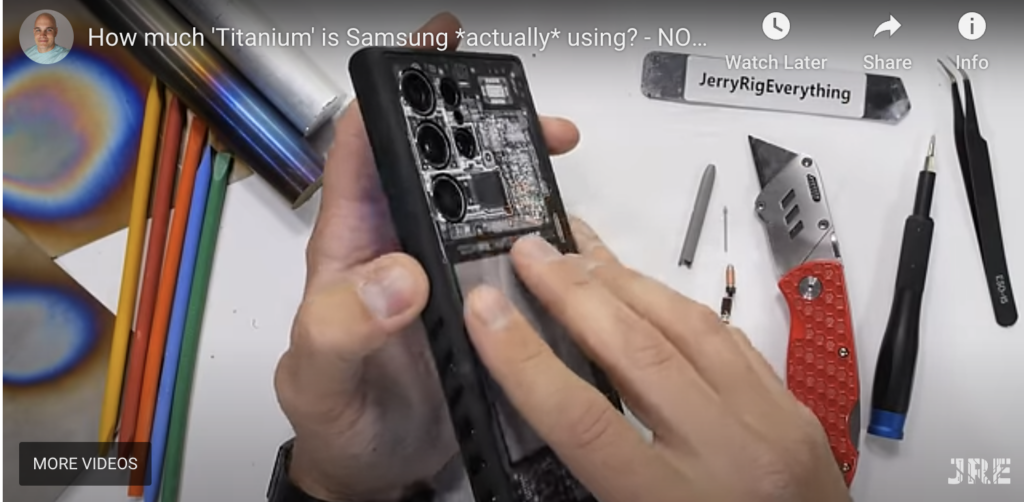

The European Union has approved new rules to facilitate easier repair of consumer products such as washing machines and smartphones. The provisional deal aims to make it convenient for consumers who want their devices to last longer without significant issues. Manufacturers are now obligated to add an extra 12 months to the warranty after fixing a product, according to a provisional deal approved by the European Council and Parliament. (Android Central, Android Authority, Europa)
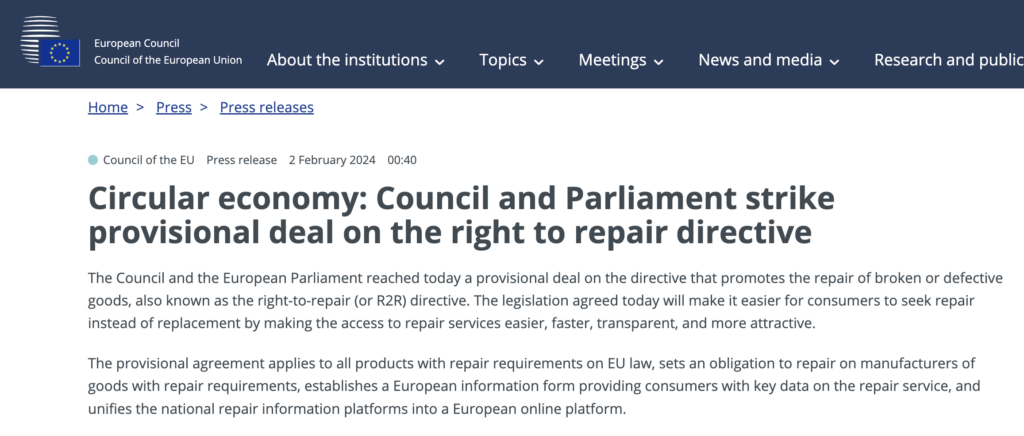
Nokia and vivo have signed a multi-year 5G patent license agreement. The agreement resolves all pending patent litigation between the parties in all jurisdictions. Under the agreement, vivo will make royalty payments to Nokia, along with catch-up payments to cover the dispute period. Both companies officially confirmed the global patent cross-licensing agreement. (GizChina, Nokia, vivo)
Huawei has applied for two trademark named ‘Hongemeng Galaxy’ and ‘HarmonyOS NEXT ‘ on 18 Jan 2024 with the application numbers 76515544 and 76491814, respectively. Currently, the status of these trademark applications is pending for the fundamental review. Notably, both these trademarks refer to the self-developed HarmonyOS NEXT Galaxy version and are categorized as ‘scientific instruments’. At present, the company has opened HarmonyOS NEXT Galaxy build developer preview for developers. Several firms have completed the core version development of the HarmonyOS native application. (GizChina, Huawei Central)
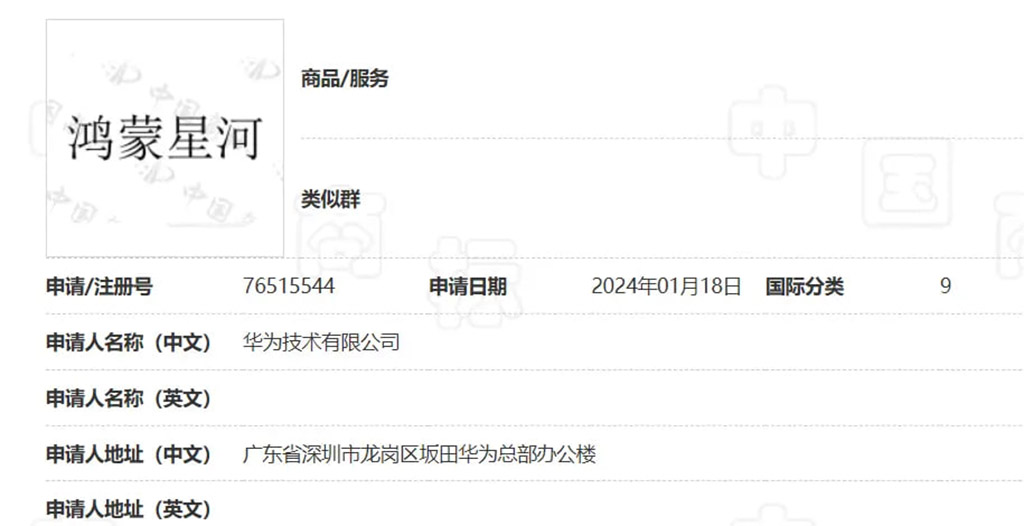
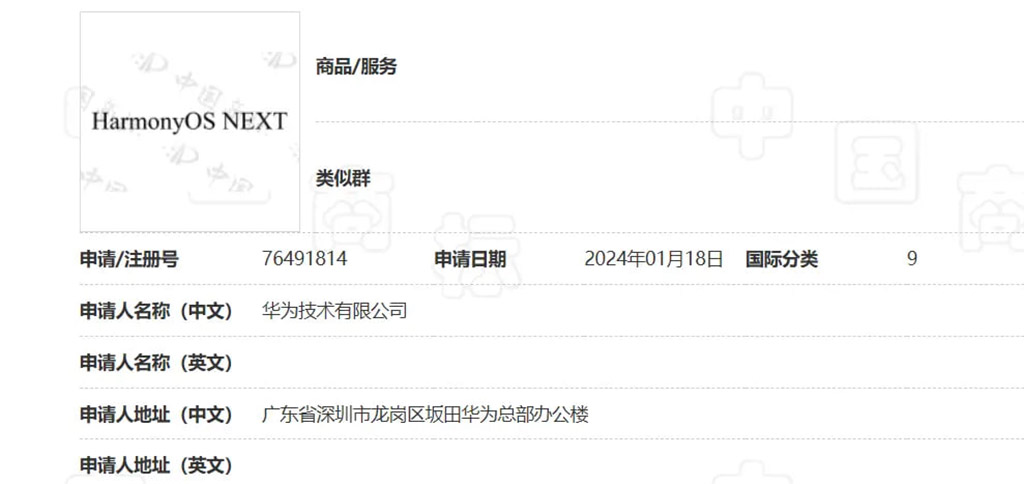

Amazon and iRobot have announced that they have entered into a mutual agreement to terminate their previously announced acquisition agreement, originally signed on 4 Aug 2022, under which Amazon would have acquired iRobot for cash consideration. This deal would have allowed Amazon to invest in continued innovation by iRobot and support iRobot in lowering prices on products customers already love. The companies have signed a termination agreement that resolves all outstanding matters from the transaction, including Amazon paying iRobot the previously agreed upon termination fee. (TechCrunch, iRobot)

Snap gave up on its Pixy flying selfie camera drone after just 4 months, but it turns out the company sold under 71,000 drones, and now the company is recalling every one of those drones because their batteries pose a fire hazard. Snap and the US Consumer Product Safety Commission advise we should “immediately stop using the Pixy Flying Camera, remove the battery and stop charging it” now that there have been four reports of the battery bulging, one fire, and one “minor injury”.(Wired, The Verge, CN Beta, CPSC)
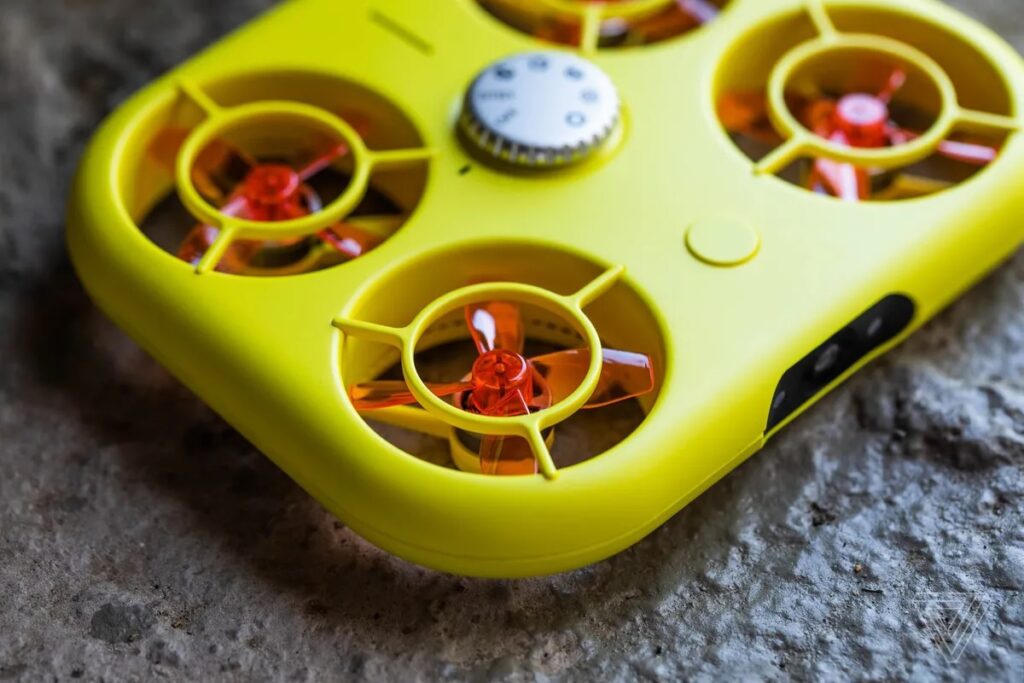

Online gaming platform Roblox has developed a new AI-powered “unified translation model”, allowing players to converse with one another through text in real time despite speaking different languages. Roblox chief technology officer Dan Sturman, the new system required the firm to build its own in-house large language model (LLM) to be able to translate text-based messages at a base latency of 100 milliseconds — making conversations feel instantaneous for users. Roblox’s AI translator began with the firm’s creation of a transformer-based LLM trained on public and private data. Roblox then handed the LLM over to a mixture of “expert” translation apps, which trained the model on each individual language. (CN Beta, Coin Telegraph, Roblox, The Verge)

OpenAI has announced a partnership with Common Sense Media, the nonprofit organization that reviews and ranks the suitability of various media and tech for kids, to collaborate on AI guidelines and education materials for parents, educators and young adults. As a part of the partnership, OpenAI will work with Common Sense Media to curate “family-friendly” GPTs — chatbot apps powered by OpenAI’s GenAI models — in the GPT Store, OpenAI’s GPT marketplace, based on Common Sense’s rating and evaluation standards, OpenAI CEO Sam Altman says.(TechCrunch, Common Sense Media)
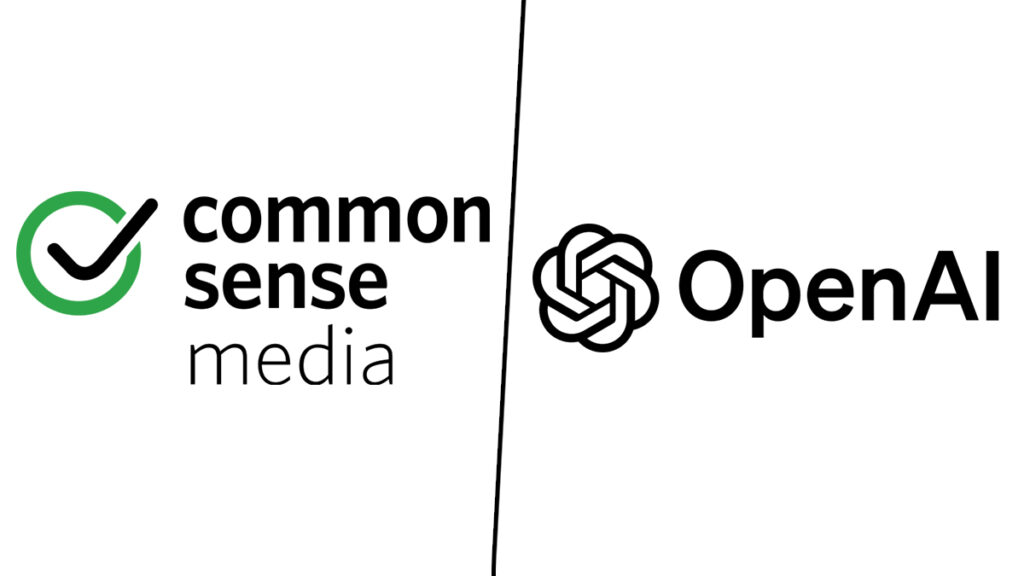
The Shopify Magic suite of generative AI tools that launched in Apr 2023 is adding a media editor that brings generative image fill to its platform and conversational search powered by AI. Merchants can prompt the image editor to change photo backgrounds without Photoshop experience to match whatever theme they have in mind. Shopify’s AI editor can also suggest backgrounds and styles that match existing product images in the merchant’s library once it rolls out spring 2024. Other generative AI tools Shopify added spring 2023 include automated product descriptions, chatbot integration, and suggested replies for chats between merchants and buyers. (TechCrunch, The Verge, Shopify)
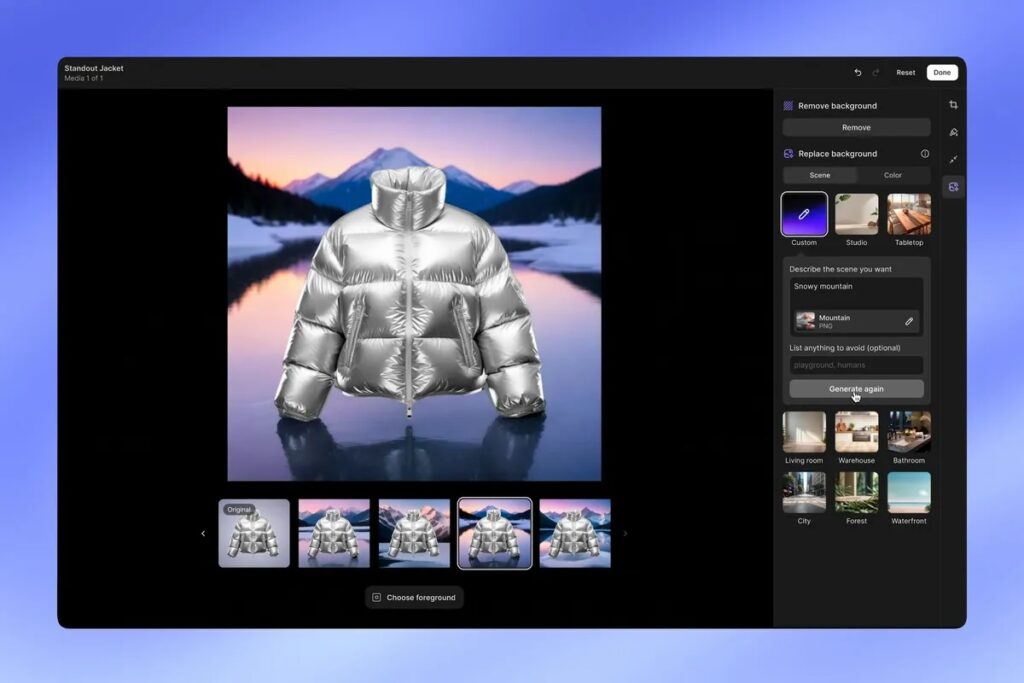
Microsoft has reportedly launched an artificial intelligence (AI)-focused partnership with news startup Semafor. The collaboration would see Semafor use tools from Microsoft and partner OpenAI to develop news stories with a “global, multi-source” breaking news feed known as “Signals”. Signals will present a feed of breaking news and analysis, posting about a dozen times per day, with different points of view from around the world. Semafor stresses that these posts will be written by human journalists, with AI essentially serving as a research tool.(Engadget, Financial Times, Reuters, GeekWire,PYMNTS)
